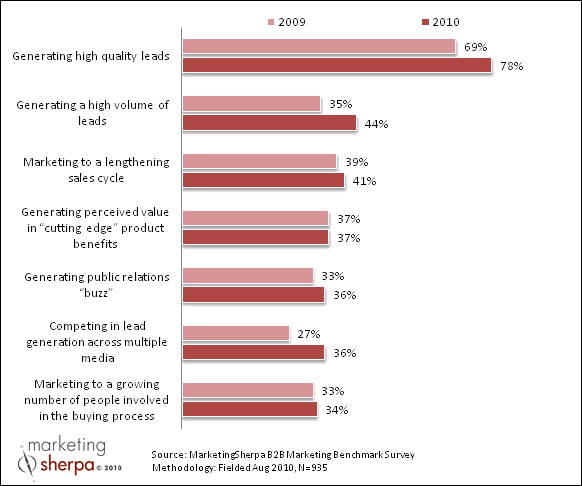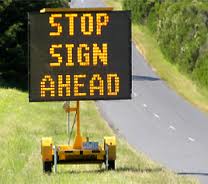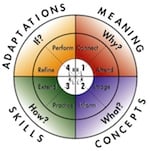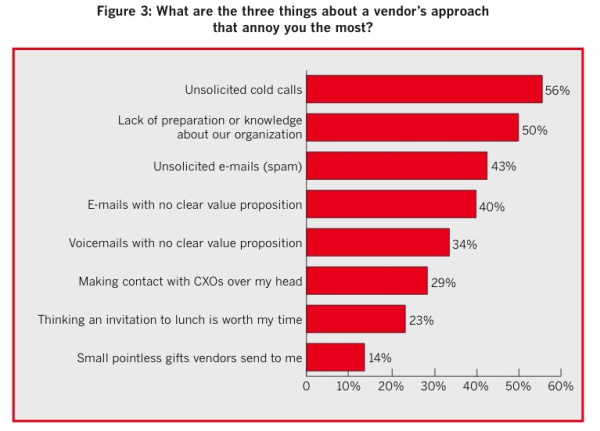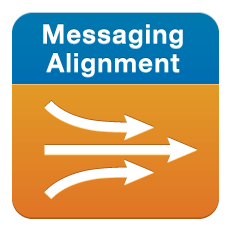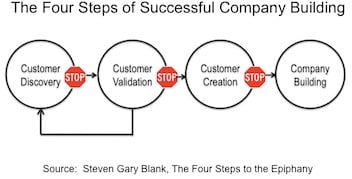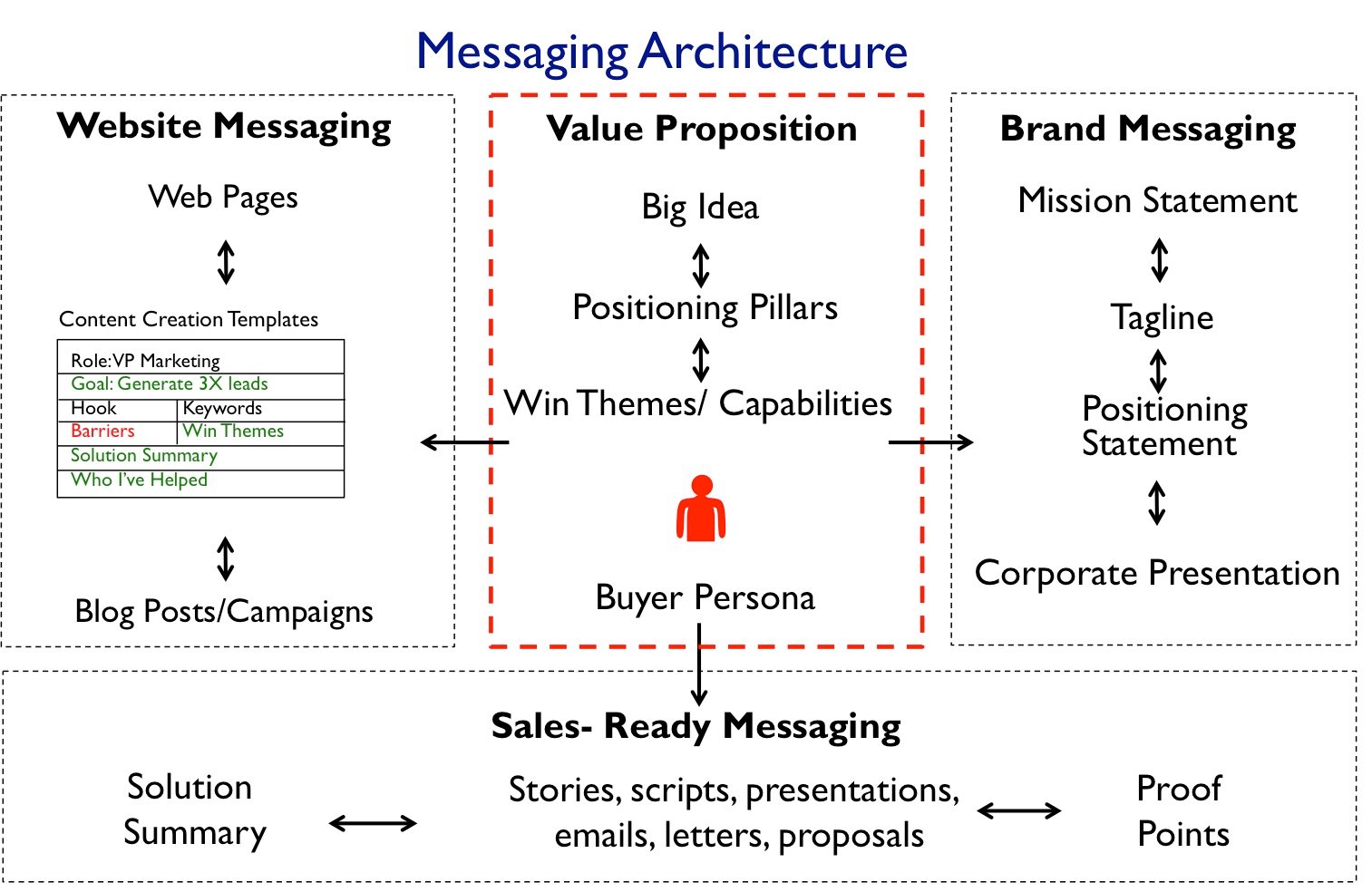Recently I posted a question on a LinkedIn forum eliciting ideas for best-practices in PowerPoint presentations for an upcoming client project.
This was as a result of reading Seth Godin's blog-post on "PowerPoint makes us stupid - these bullets can kill", which led to an older post entitled
Really Bad PowerPoint.
I didn't get much of a response to my request for ideas on PowerPoint best-practices, so I did some research of my own and came up with my own idea of what a best practices PowerPoint sales presentation should look like.
The following ideas combine to form the structure of my best-practices PowerPoint sales presentation and if you like it, please leave a comment and share it with friends. If you dont like it, I'm interested in why not.
1. I used
MindManager from Mindjet to create the mind-map and story-board and highly recommend this extremely useful tool to create new ideas either individually or collaboratively.
2. I used the
4-MAT system developed by Bernice McCarthy for presenting the information in a way that is proven to create
understanding for all learning preferences.
- 4-MAT is powerful for conveying new ideas in training, presentation environments and in teaching all ages and we use it to present our Selling in the Internet Age training and ELearning materials
- If you are not using 4-MAT for your presentations, then I recommend you investigate this method. (If you find anything better, please leave a comment)
- 4-Mat answers the How, When Why and What-if questions in a logical order to engage, inform, extend and refine conceptual understanding.
3. The presentation uses the
Buyer Persona from the
Buyer Relevant Messaging and
Messaging Architecture to engage the buyer around their issues. This creates PowerPoint sales presentations consistent with the Website message and with the conversations sales people are having with buyers.
4. The salesperson expresses an opinion very early in the
I.M.P.A.C.T buying cycle to initiate the buyer-seller engagement and create opportunity in a Value-created Selling (consultative selling) approach.
5. In this approach we do not present the relevant product features and capabilities of our solution until we have created emotional engagement.
6. If you can't tell your story in under 20 slides then you have work to do to create clarity and distill your message. Try to remember slides are visual aids, not a crutch; we are not training, we are selling. It's up to the presenter to know the script and to bring the images and story to life. A great presenter engages the buyer emotionally at the outset through expressing an informed opinion and asking questions and brings them on the journey as you relate your solution.
7. Remember Seth's rules, pictures convey emotions and engage the imagination, bullets can kill.
8. Finally, can you present without using Powerpoint, using a flip-chart, visual confection, the back of a napkin or some other presentation medium or tools suggested in the comments below.




